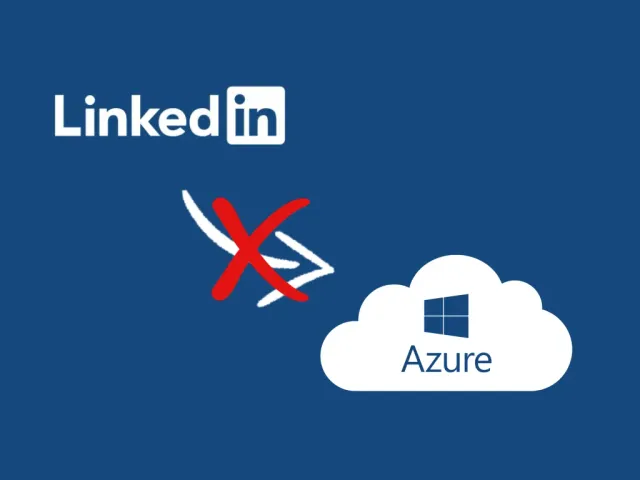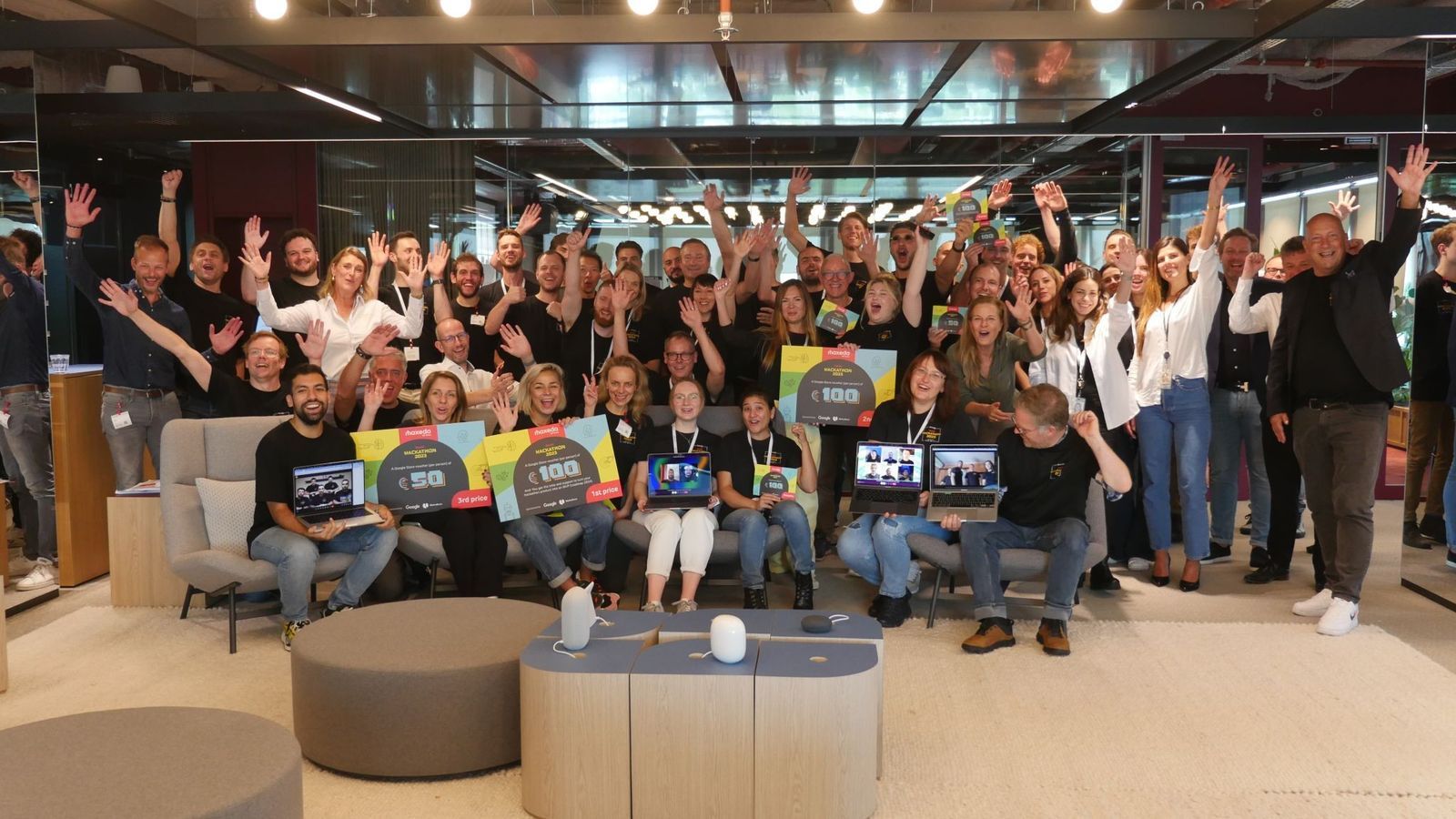What went wrong? Microsoft owns both LinkedIn and Azure. 🤷♂️

LinkedIn has officially scrapped its ambitious "Blueshift" initiative to migrate its data centre infrastructure to Microsoft's Azure cloud service. This decision comes four years after Microsoft's acquisition of LinkedIn for a whopping $27 billion. Despite the initial enthusiasm and a 2019 blog post outlining plans for a multi-year migration to the public cloud, LinkedIn faced numerous hurdles along the way.
Lift & Shift
The challenges encountered during the execution of Blueshift prompted LinkedIn to rethink its strategy. According to sources, the difficulties arose when attempting to transition existing software tools to Azure. Rather than smoothly adapting to Microsoft's cloud environment, LinkedIn encountered issues with a "lift and shift" approach, where existing tools were transferred without the necessary adjustments to run seamlessly on Azure.
In response to these obstacles, LinkedIn has invested in reinforcing its data centres and adopting Azure services selectively, striking a balance between in-house and cloud-based solutions. In a statement to The Register, a LinkedIn spokesperson confirmed this shift in direction, emphasizing the company's commitment to utilizing Azure where it aligns with their goals.
The reversal of LinkedIn's plans signifies a departure from the 2019 announcement by Mohak Shroff, the social network's Senior Vice President of Engineering, who expressed the intention to migrate all LinkedIn workloads to the public cloud. The vision was rooted in the desire to leverage Azure's global scale and access a range of hardware and software innovations to support the platform's expanding membership and business growth.
Hybrid Cloud
However, as 2022 unfolded, reports suggest that LinkedIn's Chief Technology Officer, Raghu Hiremagalur, communicated a change in strategy to employees. The company was pivoting towards a hybrid-cloud model, combining cloud services with its dedicated data centres. Despite leveraging some Azure services, such as Azure FrontDoor, for content delivery network needs, the overall shift to a public cloud infrastructure proved more complex than anticipated.
This shift by LinkedIn underscores the intricate challenges companies may face when attempting large-scale migrations to cloud services, emphasizing the importance of adaptability and a nuanced approach to integrating existing infrastructure with cloud solutions effectively.
We can help!
Unlock the power of seamless Cloud Hosting and Transformations with ZEN Software. Trust the experts who understand the delicate balance between on-premise and cloud-native solutions. Elevate your business to new heights – We’re ready to help you optimise your Cloud workloads!
Let’s talk!
We’re confident we can supercharge your software operation. Our unique products and services will delight you.





